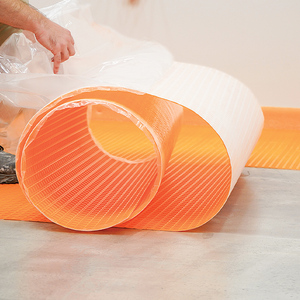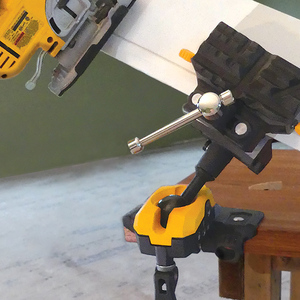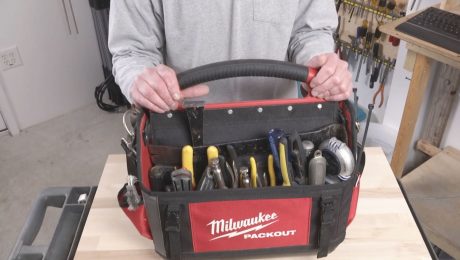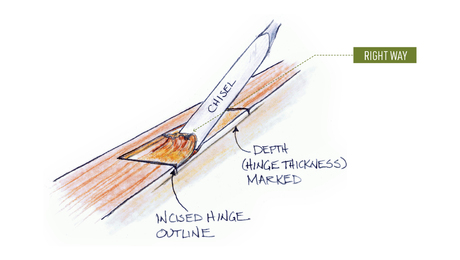Tools That Pound and Pry: Hammers
Hammers come in a wide range of weights and styles. Here's how to choose the right type for the work at hand.
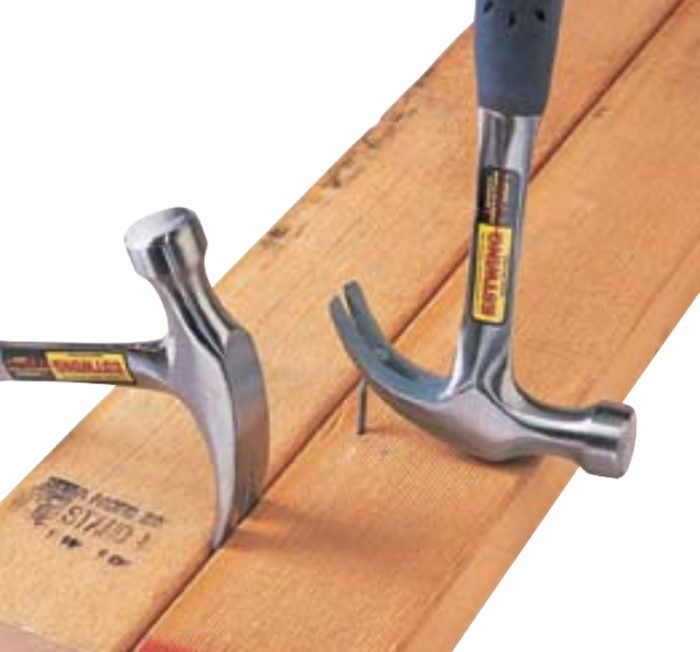
Synopsis: Every homeowner needs at least one hammer and probably several — for driving or pulling nails and tacks, splitting and setting brick, working with drywall, shingling, and auto-body work. In this excerpt from The Homeowner’s Ultimate Tool Guide, author Sandor Nagyszalanczy shows you the important features of each tool and explains the pros and cons of different materials and designs. You’ll learn how to swing a hammer and discover tips from the pros — valuable information you can’t get in most DIY books.
People have called the hammer the “king of tools,” since, in the skillful hands of a blacksmith, it can be used to forge all other metal tools—saws, pliers, wrenches, and more. A tool with ancient origins, hammers (along with mallets, sledges, and their other “pounding cousins”) are still important tools today for myriad construction and fabrication jobs, which include: pounding nails; shaping metal hollowware and auto bodies; driving chisels, wedges, or punches through metal, wood, and masonry; and setting stakes and posts into the ground. Working in concert with pounding tools are wrecking bars, prying bars, nail pullers and sets, and punches, all of which serve to help build—or tear down—all kinds of construction projects.
Claw hammers
Probably the most widely used type of hammers, claw hammers were developed specifically for carpentry jobs—building birdhouses, luxury hotels, and everything in between. Claw hammers combine a striking head for driving nails with a rear facing claw for pulling nails.
Since nails come in many sizes, from delicate brads for tacking molding to gargantuan spikes for fastening construction timbers, claw hammers also range considerably in size. Claw hammers roughly split into two camps: smaller finish hammers and larger framing hammers.
A finish hammer usually has a head between 7 oz. and 16 oz. with a smooth striking face (see the following section), good for nailing up trim (primarily used to finish construction jobs, hence their name) and for general household duties, driving a range of fasteners from small tacks to nails up to 2 in. long.
Framing hammers have longer handles and heavier heads (usually in the range of 18 oz. to 32 oz.) that deliver the pounding force necessary for driving big nails—8d, 16d, or larger—used in framing and woodframe construction. The chart at right shows various hammerhead weights and the kinds of tasks they’re best suited for.
In addition to its basic style (finish or framing) and head weight, a claw hammer has several other variables that distinguish different types. Striking face, claw type, and handle material and style all vary from hammer to hammer; these factors are discussed in the sections that follow. Even head material is a variable these days, since claw hammers are being manufactured with titanium heads. The particular blend of features you choose will affect the suitability of a hammer to your personal style and the types of jobs you do
Striking Faces
Claw hammers come with one of two basic striking-face designs: serrated and smooth. Framing hammer faces almost always have a serrated pattern milled on them, also called a waffle face . A few specialized hammers have serrated faces as well (for example, drywall and roofing). Like car tread on a slippery road, the raised waffle pattern gives a hammer better traction on the nail as it’s struck. This not only provides more control when toe nailing (driving nails at a steep angle) but also can even help coax nails to straighten after they’ve bent or hit a knot. However, serrated faces will shred the wood’s surface on contact and are a poor choice for finish-nailing tasks, where the work must remain unscarred.
For more photos and information on specialized hammers, click the View PDF button below.
Fine Homebuilding Recommended Products
Fine Homebuilding receives a commission for items purchased through links on this site, including Amazon Associates and other affiliate advertising programs.
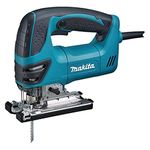
Makita Top-Handle Jigsaw (4350FCt)
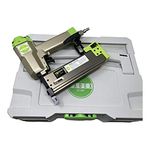
Cadex 18-Gauge Brad Nailer (CB18.50)
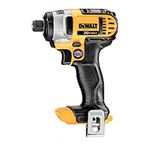
DEWALT Impact Driver (DCF885)




